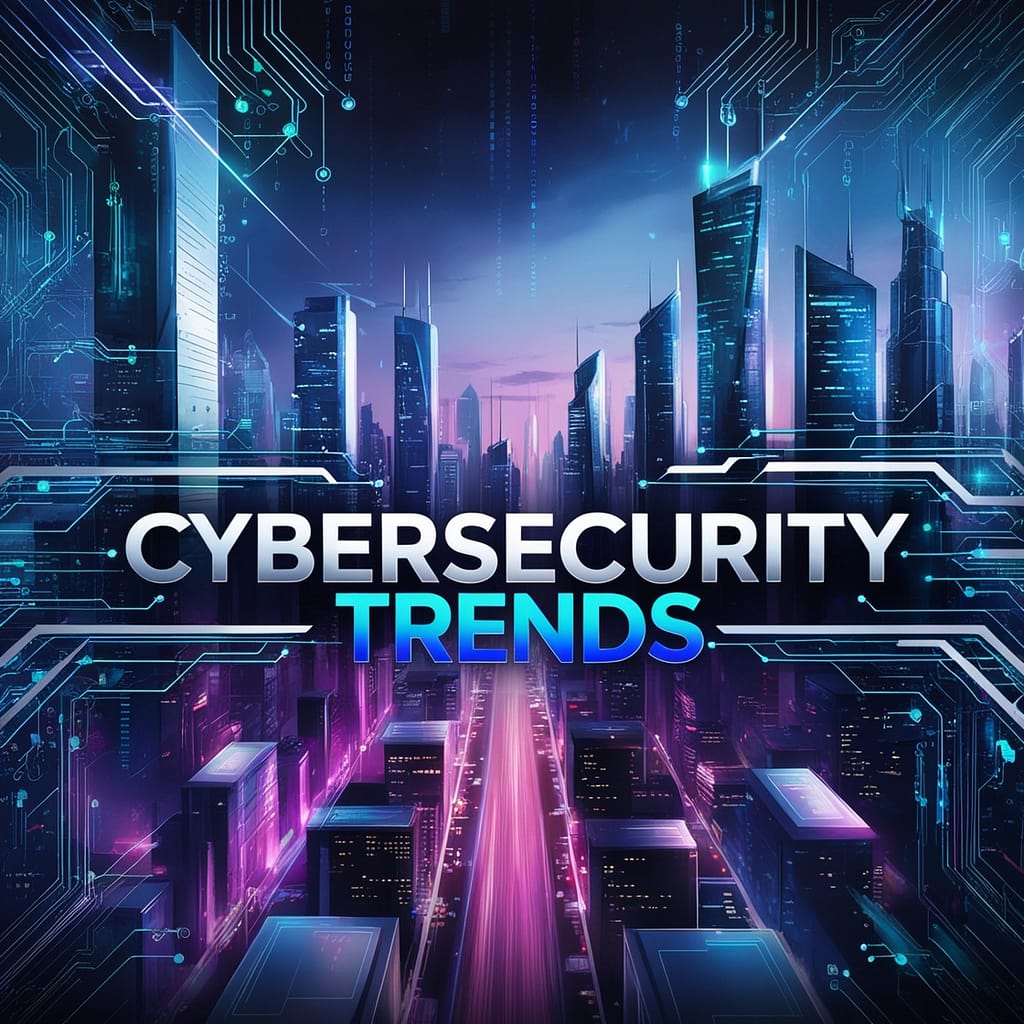As businesses and individuals increasingly rely on digital platforms, the need for robust cybersecurity measures has never been more critical. The cybersecurity landscape is in constant flux, influenced by technological advancements, changing regulations, and evolving tactics employed by cybercriminals. This article explores key cybersecurity trends in 2024, highlighting how organizations can adapt to safeguard their data and systems.
1. Increased Adoption of Zero Trust Security 🔒
The Zero Trust security model, based on the principle of “never trust, always verify,” continues to gain traction as a fundamental approach in cybersecurity strategies. Organizations are realizing that traditional perimeter-based defenses are no longer sufficient in an era of remote work and cloud computing.
Key aspects of the Zero Trust model include:
- Identity Verification: Constantly authenticate user identities, regardless of their location or network.
- Network Segmentation: Limit access to sensitive data and applications based on user roles and responsibilities, minimizing harm in case of a breach.
- Continuous Monitoring: Implement real-time monitoring to detect and respond to anomalies.
As remote work becomes more permanent, adopting a Zero Trust framework is crucial for organizations aiming to enhance their cybersecurity posture.
2. Rise of AI and Machine Learning in Cybersecurity 🤖
Artificial Intelligence (AI) and Machine Learning (ML) are increasingly being leveraged to bolster cybersecurity defenses. These technologies can analyze vast amounts of data, detect patterns, and identify potential threats in real time.
Benefits of AI and ML include:
- Automated Threat Detection: AI systems can swiftly identify and respond to potential threats, reducing the time it takes to mitigate risks.
- Fraud Detection: Machine learning algorithms can analyze user behavior to spot anomalies that may indicate fraudulent activity.
- Predictive Analytics: By analyzing past attack patterns, AI can help anticipate future threats and inform proactive measures.
Organizations are increasingly integrating AI-driven solutions into their cybersecurity frameworks to enhance resilience against evolving threats.
3. Focus on Supply Chain Security 🔗
Recent high-profile breaches have highlighted the vulnerabilities within the supply chain. Cybercriminals are increasingly targeting third-party vendors to gain access to larger organizations. In 2024, supply chain security is a top priority for businesses.
Key considerations for enhancing supply chain security include:
- Vendor Risk Assessment: Regularly evaluate the security measures of third-party vendors to ensure they meet your organization’s standards.
- Broader Scope of Security Policies: Extend security policies to include third-party vendors, ensuring they adhere to your organization’s cybersecurity practices.
- Incident Response Collaboration: Develop collaborative incident response plans with key suppliers, allowing for faster coordinated responses to threats.
4. Regulatory Compliance and Data Privacy ⚖️
As data breaches become more prevalent, regulatory bodies are intensifying scrutiny over data privacy and security practices. In 2024, organizations must navigate an increasingly complex landscape of regulations, such as GDPR, CCPA, and others.
To ensure compliance with data privacy regulations:
- Data Governance: Implement comprehensive data governance policies to protect sensitive information and ensure compliance with legal requirements.
- Employee Training: Regularly train employees on data privacy regulations and their responsibilities in safeguarding customer information.
- Regular Audits: Conduct regular security audits and assessments to ensure ongoing compliance and address any gaps in security practices.
5. Human Factor in Cybersecurity: Ongoing Training and Awareness 👥
Despite technological advancements, the human element remains the weakest link in cybersecurity. Cybercriminals often exploit human psychology to carry out attacks such as phishing. As such, fostering a culture of cybersecurity awareness is paramount.
Organizations should invest in:
- Comprehensive Training Programs: Provide regular training on recognizing threats, understanding security policies, and safe online practices.
- Simulated Phishing Exercises: Conduct testing simulations to give employees hands-on experience in identifying phishing attacks.
- Encouraging a Reporting Culture: Create an environment where employees feel comfortable reporting suspicious activity without fear of repercussions.
Conclusion: Preparing for the Future of Cybersecurity 🚀
The cybersecurity landscape is continually evolving, driven by emerging threats and advances in technology. To protect their data and systems effectively, organizations must stay informed about the latest trends and adapt their cybersecurity strategies accordingly.
By embracing a Zero Trust approach, leveraging AI and machine learning, enhancing supply chain security, ensuring regulatory compliance, and prioritizing ongoing employee education, businesses can bolster their defenses against the ever-changing threat landscape.
In a world where cybersecurity threats are increasingly sophisticated, proactive measures and a commitment to continuous improvement will be key to achieving lasting security and resilience. Stay vigilant, stay secure! 🌟



